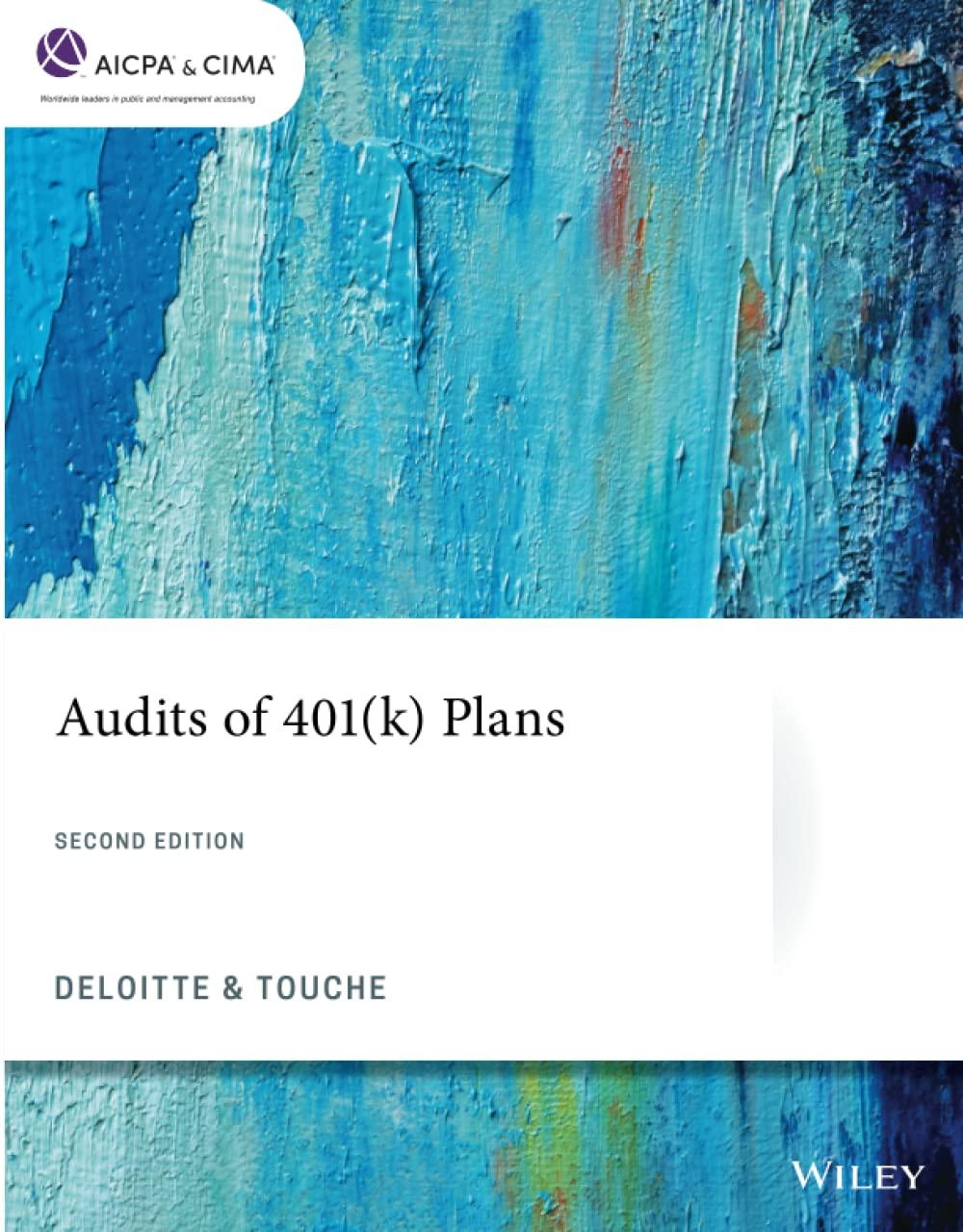Question
In 2019, Carson is claimed as a dependent on his parents' tax return. Carson's parents provided most of his support. What is Carson's tax liability
In 2019, Carson is claimed as a dependent on his parents' tax return. Carson's parents provided most of his support. What is Carson's tax liability for the year in each of the following alternative circumstances? Use Tax Rate Schedule, Dividends and Capital Gains Tax Rates, Estates and Trusts for reference.
a. Carson is 17 years old at year-end and earned $14,000 from his summer job and part-time job after school. This was his only source of income. What is the tax liability?
b. Carson is 23 years old at year-end. He is a full-time student and earned $14,000 from his summer internship and part-time job. He also received $5,000 of qualified dividend income. (Do not round intermediate calculations. Round your answer to 2 decimal places.)
What is the tax liability?
2019 Tax Rate Schedules
Individuals
Schedule X-Single
| If taxable income is over: | But not over: | The tax is: |
|---|---|---|
| $ 0 | $ 9,700 | 10% of taxable income |
| $ 9,700 | $ 39,475 | $970 plus 12% of the excess over $9,700 |
| $ 39,475 | $ 84,200 | $4,543 plus 22% of the excess over $39,475 |
| $ 84,200 | $160,725 | $14,382.50 plus 24% of the excess over $84,200 |
| $160,725 | $204,100 | $32,748.50 plus 32% of the excess over $160,725 |
| $204,100 | $510,300 | $46,628.50 plus 35% of the excess over $204,100 |
| $510,300 | $153,798.50 plus 37% of the excess over $510,300 |
Schedule Y-1-Married Filing Jointly or Qualifying Widow(er)
| If taxable income is over: | But not over: | The tax is: |
|---|---|---|
| $ 0 | $ 19,400 | 10% of taxable income |
| $ 19,400 | $ 78,950 | $1,940 plus 12% of the excess over $19,400 |
| $ 78,950 | $168,400 | $9,086 plus 22% of the excess over $78,950 |
| $168,400 | $321,450 | $28,765 plus 24% of the excess over $168,400 |
| $321,450 | $408,200 | $65,497 plus 32% of the excess over $321,450 |
| $408,200 | $612,350 | $93,257 plus 35% of the excess over $408,200 |
| $612,350 | $164,709.50 plus 37% of the excess over $612,350 |
Schedule Z-Head of Household
| If taxable income is over: | But not over: | The tax is: |
|---|---|---|
| $ 0 | $ 13,850 | 10% of taxable income |
| $ 13,850 | $ 52,850 | $1,385 plus 12% of the excess over $13,850 |
| $ 52,850 | $ 84,200 | $6,065 plus 22% of the excess over $52,850 |
| $ 84,200 | $160,700 | $12,962 plus 24% of the excess over $84,200 |
| $160,700 | $204,100 | $31,322 plus 32% of the excess over $160,700 |
| $204,100 | $510,300 | $45,210 plus 35% of the excess over $204,100 |
| $510,300 | $152,380 plus 37% of the excess over $510,300 |
Schedule Y-2-Married Filing Separately
| If taxable income is over: | But not over: | The tax is: |
|---|---|---|
| $ 0 | $ 9,700 | 10% of taxable income |
| $ 9,700 | $ 39,475 | $970 plus 12% of the excess over $9,700 |
| $ 39,475 | $ 84,200 | $4,543 plus 22% of the excess over $39,475 |
| $ 84,200 | $160,725 | $14,382.50 plus 24% of the excess over $84,200 |
| $160,725 | $204,100 | $32,748.50 plus 32% of the excess over $160,725 |
| $204,100 | $306,175 | $46,628.50 plus 35% of the excess over $204,100 |
| $306,175 | $82,354.75 plus 37% of the excess over $306,175
|
Tax Rates for Net Capital Gains and Qualified Dividends
| Rate* | Taxable Income | ||||
|---|---|---|---|---|---|
| Married Filing Jointly | Married Filing Separately | Single | Head of Household | Trusts and Estates | |
| 0% | $0 - $78,750 | $0 - $39,375 | $0 - $39,375 | $0 - $52,750 | $0 - $2,650 |
| 15% | $78,751 - $488,850 | $39,376 - $244,425 | $39,376 - $434,550 | $52,751 - $461,700 | $2,651 - $12,950 |
| 20% | $488,851+ | $244,426+ | $434,551+ | $461,701+ | $12,951+ |
Estates and Trusts
| If taxable income is over: | But not over: | The tax is: |
|---|---|---|
| $ 0 | $ 2,600 | 10% of taxable income |
| $ 2,600 | $ 9,300 | $260 plus 24% of the excess over $2,600 |
| $ 9,300 | $12,750 | $1,868 plus 35% of the excess over $9,300 |
| $12,750 | $3,075.50 plus 37% of the excess over $12,750 |
Step by Step Solution
There are 3 Steps involved in it
Step: 1

Get Instant Access to Expert-Tailored Solutions
See step-by-step solutions with expert insights and AI powered tools for academic success
Step: 2

Step: 3

Ace Your Homework with AI
Get the answers you need in no time with our AI-driven, step-by-step assistance
Get Started


